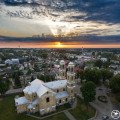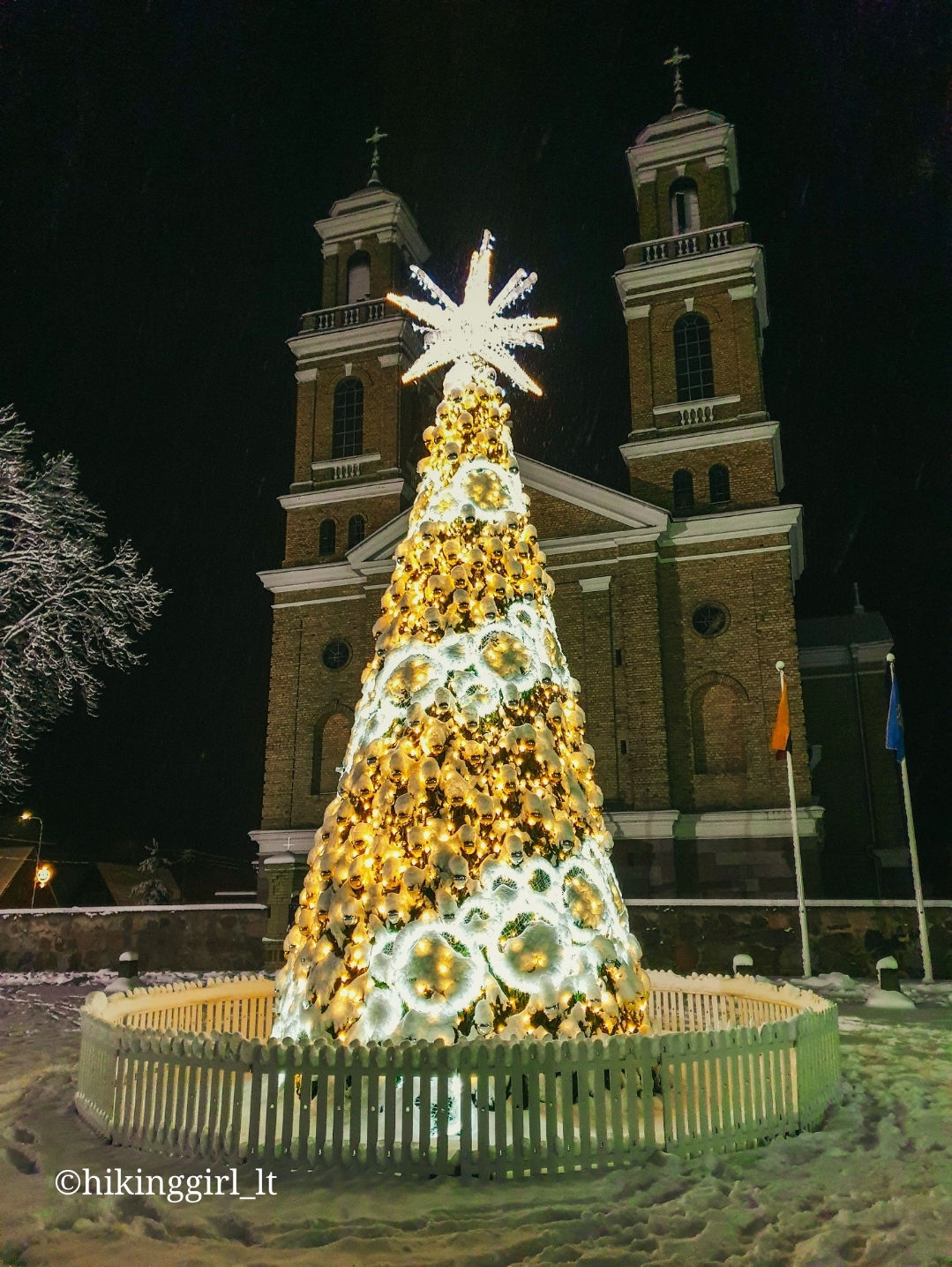The Church of Vievis has deep historical roots dating back to the times of the Grand Duchy of Lithuania. Although it is not exactly known when the manor was founded, the first written records about it appear in 1577, when the manor's inventory was discovered. At that time, the church was likely wooden, but it was decayed and abandoned. Later, around 1600, the Oginski family built a Uniate church in Vievis and established a monastery. However, this church was destroyed by fire in 1794, and a new, also wooden, church was built in 1796, which became an important religious center after a few years.
In 1810, by the order of the Synod, the Uniate monastery was closed, and its lands were transferred to the Orthodox parish, which was later merged with the Holy Spirit Monastery in Vilnius. The church faced another setback in 1812 when the French army burned the church, but the services were relocated to the Catholic church in Strėvininkai, and later, the church was moved to Aukštadvaris. Around 1842, a new Orthodox church was built, but the needs of the
Lithuanian community were still unmet.
A significant role in the church's history was played by Father Gabriel Oginski, who built a new Catholic church in 1816. Between 1911 and 1931, the townspeople and Father J. Mincevičius carried out major renovations, and the church was extensively transformed. This Neo-Baroque church, with classical elements, has a Latin cross plan, a basilica structure, and two-story facade towers.
The Vievis Church is also known for three cultural monuments: two easel paintings – The Virgin Mary of the Rosary and St. Cecilia, and the sculpture The Crucified Christ. The old chapel remains in the Vievis cemetery, but the most significant aspect is the churchyard, where several prominent priests are buried, including Father J. Mincevičius, who took care of the well-being of this sanctuary for many years.
The history of the church speaks of constant struggle and renewal, related to the efforts of the people of Vievis and religious institutions to maintain and develop this center of religious and cultural values.







 Entertainment
Entertainment
 Food establishments
Food establishments





























 54.769974, 24.817493
54.769974, 24.817493
 Get directions
Get directions










